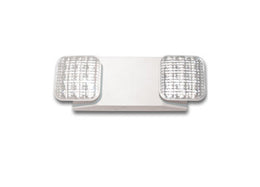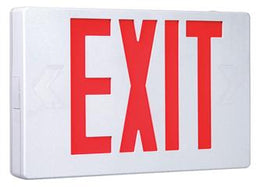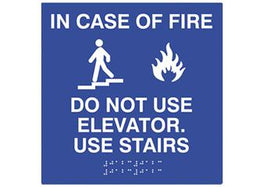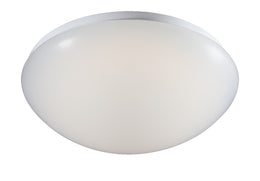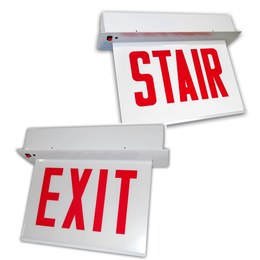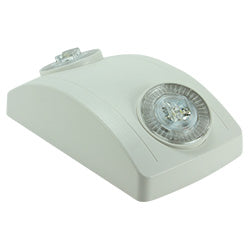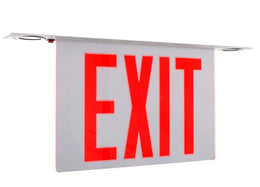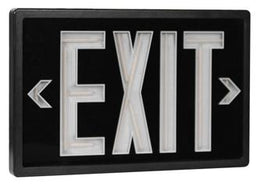Product Filters
Popular Products
LED Two Head Emergency Light - 90 Minute Battery- 5 Yr Warranty - UL Listed
Regular price
$22.99
$19.00
Class 1 Division 2 Exit Signs
What are Class I Division 2 Compliant Exit Signs?
These type of Exit Signs has been designed specifically for installation in hazardous and industrial environments.
Division 1 is a subset of Class III and is classified as an area or location where ignitable fibers or flyings may be manufactured and or Stored
TYPE 3R - Type 3R enclosures/housings are intended for outdoor/Wet Area use primarily to provide a degree of protection against falling rain and external ice formations
TYPE 4 - Type 4 enclosures/housings are intended for interior or outdoor/ wet area use primarily to provide a degree of protection against wind blown rain, dust, splashing water, hose directed water, and external ice formation
TYPE 4X - Type 4X enclosures/housing are intended for indoor and outdoor use primarily to provide a degree of protection against corrosion, wind blown dust and rain, splashing water, full hose directed water and external ice formation.
TYPE 4/7 - Type 4/7 enclosures/housings are for use outdoors in locations classified to be hazardous as detailed in the NEC.
TYPE 9 - Type 9 enclosures/housings are for use in indoor locations classified Class II, groups E, F or G as detailed in the NEC


